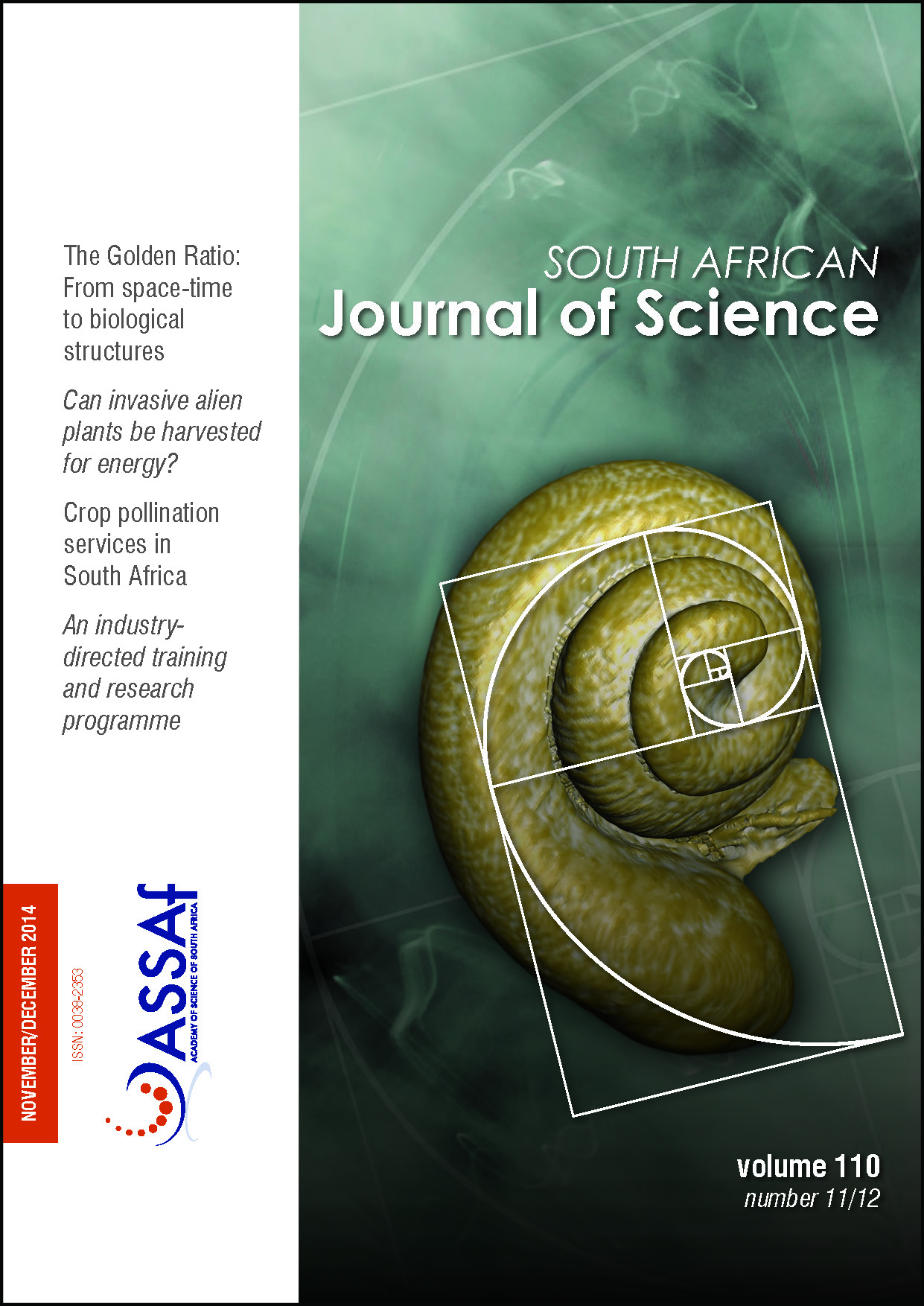Microbial counts of food contact surfaces at schools depending on a feeding scheme
DOI:
https://doi.org/10.1590/sajs.2014/20130351Keywords:
ational School Nutrition Programme, contamination, microbiological testing, British Columbia Guide for Environmental Health OfficersAbstract
The prominence of disease transmission between individuals in confined environments is a concern, particularly in the educational environment. With respect to school feeding schemes, food contact surfaces have been shown to be potential vehicles of foodborne pathogens. The aim of this study was to assess the cleanliness of the surfaces that come into contact with food that is provided to children through the National School Nutrition Programme in central South Africa. In each school under study, microbiological samples were collected from the preparation surface and the dominant hand and apron of the food handler. The samples were analysed for total viable counts, coliforms, Escherichia coli, Staphylococcus aureus and yeasts and moulds. The criteria specified in the British Columbia Guide for Environmental Health Officers were used to evaluate the results. Total viable counts were high for all surfaces, with the majority of colonies being too numerous to count (over 100 colonies per plate). Counts of organisms were relatively low, with 20% of the surfaces producing unsatisfactory enumeration of S. aureus and E. coli and 30% unsatisfactory for coliforms. Yeast and mould produced 50% and 60% unsatisfactory counts from preparation surfaces and aprons, respectively. Statistically significant differences could not be established amongst microbial counts of the surfaces, which suggests cross-contamination may have occurred. Contamination may be attributed to foodstuffs and animals in the vicinity of the preparation area rather than to the food handlers, because hands had the lowest counts of enumerated organisms amongst the analysed surfaces.
Published
Issue
Section
License

This work is licensed under a Creative Commons Attribution 4.0 International License.

All articles are published under a Creative Commons Attribution 4.0 International Licence
Copyright is retained by the authors. Readers are welcome to reproduce, share and adapt the content without permission provided the source is attributed.
Disclaimer: The publisher and editors accept no responsibility for statements made by the authors
How to Cite
- Abstract 540
- PDF 1294
- EPUB 213
- XML 271












.png)